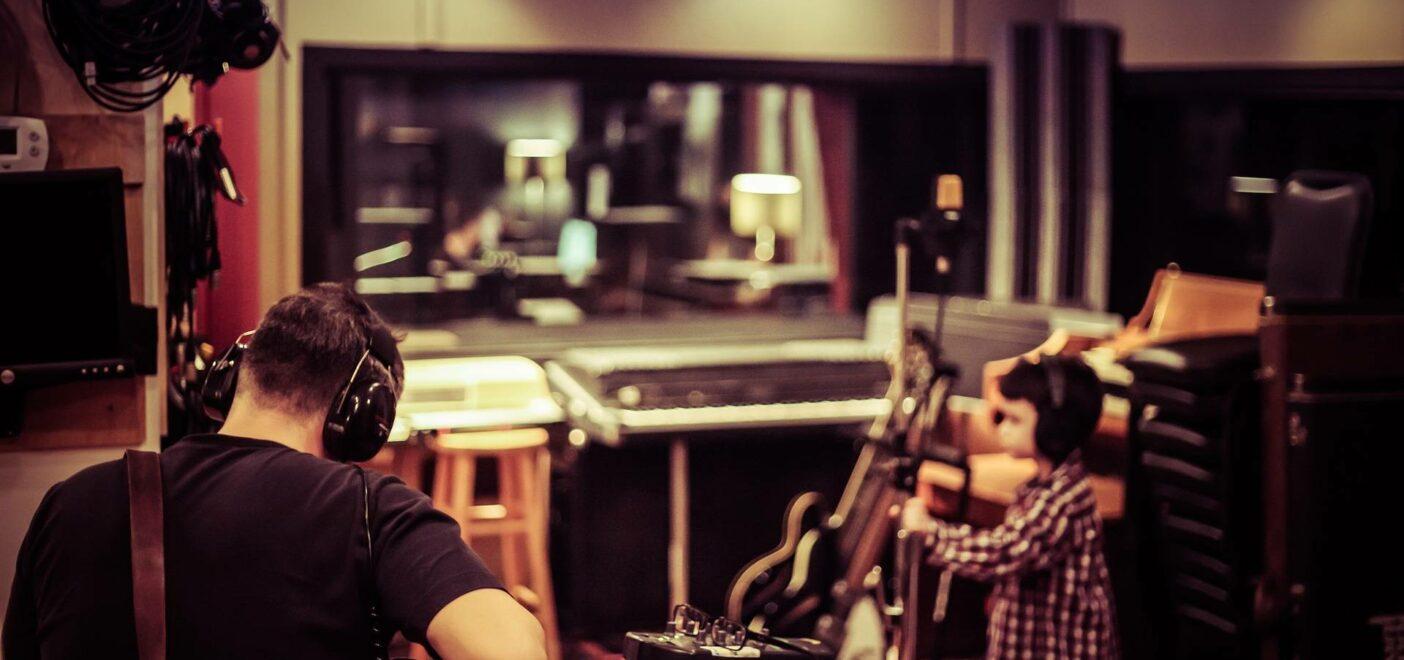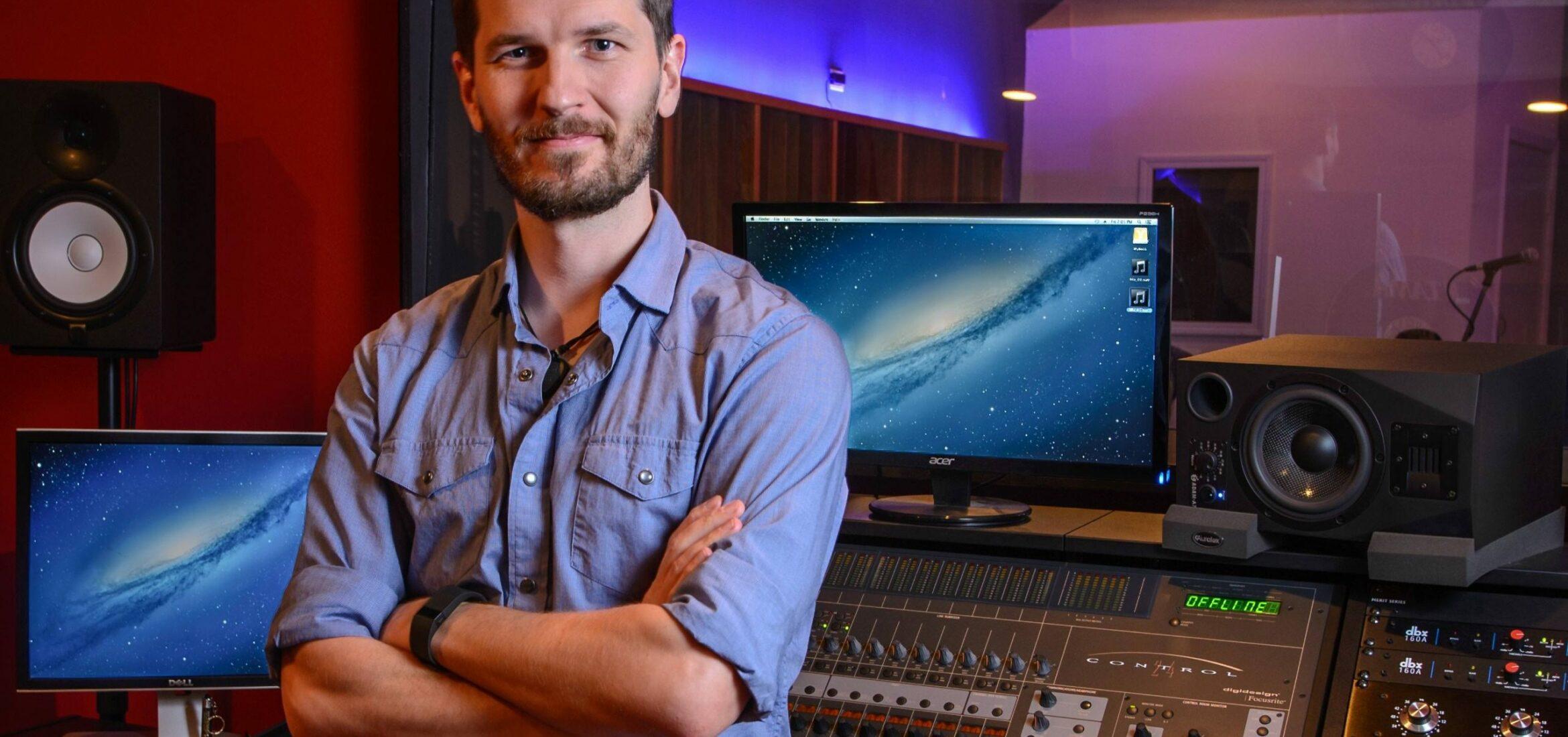Welcome to a new era of electronic music-making. After decades of relying on the same underlying standard, MIDI has finally undergone a monumental update, ushering in a wave of innovations that promise more nuanced control and richer expression. At the same time, MPE (MIDI Polyphonic Expression) has been pioneering its own revolution within the traditional MIDI framework, enabling musicians to bend notes, add vibrato, and shape timbres on a note-by-note basis. In the following sections, you’ll find a detailed overview of MIDI 2.0 and MPE, stripped of redundancies and organized to give you both a broad summary and deeper technical insights. By the end, you’ll have a solid understanding of why these emerging protocols matter to producers, performers, and music enthusiasts everywhere.
Table of Contents
- Introduction to MIDI and MPE
- What’s New in MIDI 2.0?
- How MIDI 2.0 Changes Music Production
- MPE: A Step Toward MIDI 2.0’s Expressiveness
- MIDI 2.0 vs. MPE: Are They the Same?
- Technical Advice for Producers
- Conclusion
Introduction to MIDI and MPE
Before diving deeper, it’s helpful to clarify the overall significance of MIDI 2.0 and MPE. MIDI, which stands for Musical Instrument Digital Interface, was introduced in the early 1980s and quickly became a universal language for electronic instruments. For nearly four decades, it remained largely unchanged. Despite its longevity, certain limitations—like low resolution, a fixed channel architecture, and one-way communication—left many musicians craving more expressive power.
MPE arrived as a clever workaround that allowed per-note control, but MIDI 2.0 is an even more comprehensive upgrade. It not only addresses the expressiveness gap but also introduces capabilities like bidirectional communication, increased resolution, auto-configuration, and better timing. Together, MPE and MIDI 2.0 herald a future where digital instruments can rival their acoustic counterparts in terms of nuance. Let’s see how these developments came about, what they entail, and what they mean for music production.

What’s New in MIDI 2.0?
MIDI 2.0 represents the most significant overhaul of the MIDI standard in decades. It expands on MIDI 1.0 rather than discarding it, meaning devices can still be backward-compatible. Yet it adds major features that push digital instruments beyond long-standing boundaries. Understanding these enhancements is key to grasping how music production could change in the coming years.
Below, we’ll explore the primary new components that differentiate MIDI 2.0 from its predecessor. These include increased data resolution, bidirectional device communication, profile configurations for easier mapping, a property exchange mechanism, and the ability to use more channels at once. Each improvement speaks to a broader push toward making MIDI devices communicate in a more detailed, dynamic, and user-friendly manner.
32-bit Resolution for Data
One of the most groundbreaking enhancements in MIDI 2.0 is the significant jump in resolution. Where MIDI 1.0 commonly restricted many parameters—like note velocity and controller data—to 7-bit values (0–127), MIDI 2.0 offers 32-bit resolution for continuous controls and 16-bit for critical elements like note velocity. This dramatic increase translates to an enormous range of possible values for each message, enabling extremely fine-grained adjustments.
When you move a knob, alter a filter cutoff, or change the volume using MIDI 2.0, you can achieve a level of smoothness that was once out of reach under the old limitations. No more abrupt “stepping” when adjusting levels or encountering clumsy velocity jumps. Instead, you can make tiny, detailed changes that feel more akin to the continuous, analog world of acoustic instruments.
Bidirectional Communication
Another key difference is MIDI 2.0’s bidirectional data flow. Traditional MIDI was fundamentally one-directional: a keyboard sent signals to a receiving device, but there was no formal protocol for the receiving device to send information back. With MIDI 2.0, devices can “handshake,” allowing each to discover what capabilities the other possesses.
This two-way communication simplifies setup and ensures compatibility. When a MIDI 2.0 device connects to an older MIDI 1.0 device, it can automatically sense that the other device only speaks MIDI 1.0. From there, it falls back to the earlier standard for seamless operation, negating the need for manual configuration. That same handshake also allows devices to share more in-depth data, such as available controllers or special features, ultimately making the entire process more intuitive.
Profile Configurations (Auto MIDI Mapping)
To reduce or eliminate tedious manual setup, MIDI 2.0 introduces the concept of Profiles. A profile is a predefined set of parameters and mappings designed for particular instrument types or use cases. When two MIDI 2.0 devices share the same profile, they can auto-configure the controls and map them to standard functions.
Imagine connecting a MIDI 2.0 organ controller to a MIDI 2.0 organ module. Both recognize that they are dealing with an “organ profile,” so the physical drawbars on the controller instantly map to the organ module’s drawbar functions—no manual assignment required. Over time, as manufacturers create standardized profiles for guitar-style controllers, electronic drum kits, drum machines, wind controllers, and more, producers will save hours in setup. This is especially beneficial for those who juggle multiple instruments in a single session.
Property Exchange (Gear that Shares its Secrets)
Property Exchange takes the idea of device self-awareness to the next level. MIDI 2.0 devices can share metadata, including patch names, preset lists, parameter functions, and more. If you connect a new synthesizer to your DAW, the synthesizer can provide a list of its presets, their names, and the continuous controllers that affect its parameters.
This openness means your controller or DAW can display relevant parameter names and even store them for future sessions. Gone are the days of referencing cryptic manuals or burying yourself in endless custom mappings. Instead, devices communicate to ensure you always know exactly how to manipulate sounds. This increased transparency will likely foster much more efficient hardware-software workflows.
Expanded MIDI Channels and Timing Improvements
Although many discussions focus on resolution and expressiveness, MIDI 2.0 also increases the number of channels and introduces more robust timing. While MIDI 1.0 was limited to 16 channels per link, MIDI 2.0 allows for many more, effectively multiplying the channel capacity for complex, multi-instrument setups.

Additionally, new timestamping features in MIDI 2.0 address timing jitter. By embedding timing data into messages, the receiving device can align notes and controller changes precisely when they are meant to occur. This results in tighter performances and more consistent timing, which can be crucial when layering multiple tracks or controlling complex arrangements.
How MIDI 2.0 Changes Music Production
For producers and artists, MIDI 2.0 isn’t just about tech specs. It’s about unlocking fresh creative avenues and delivering smoother, more expressive performances. While some benefits may seem invisible in the short term—like subtle improvements in timing—others will be immediately noticeable.
Nuanced, Realistic Performances
One of the greatest strengths of MIDI 2.0 is that it can capture playing nuances closer to how an acoustic instrument would respond. Under MIDI 1.0, you often felt gaps between subtle key velocities. Perhaps the difference between a softly played piano note and a slightly harder one felt jarring. With MIDI 2.0’s higher resolution, velocity and other continuous parameters can be recorded and played back in a highly detailed way.
This level of detail can make virtual instruments respond more dynamically, so your performance retains the delicate variations normally lost in the 7-bit realm. Subtle changes in pressure, bend, or velocity become meaningful, reflecting every micro-detail of your playing style. Producers seeking authentic expressions in digital orchestration or cinematic scoring, for instance, will find this especially transformative, as it narrows the gap between a sampled instrument and its real-life counterpart.
Electronic Instruments Behave More Like Acoustic Ones
In an acoustic world, every note can be manipulated independently—consider a guitarist bending one string in a chord, or a violinist applying vibrato to a single note. Classic MIDI 1.0 didn’t handle these scenarios gracefully on a single channel. With MIDI 2.0, you can achieve similar nuance natively. Each note can have its own pitch bend, vibrato, or modulation data, without affecting the other notes sounding at the same time.
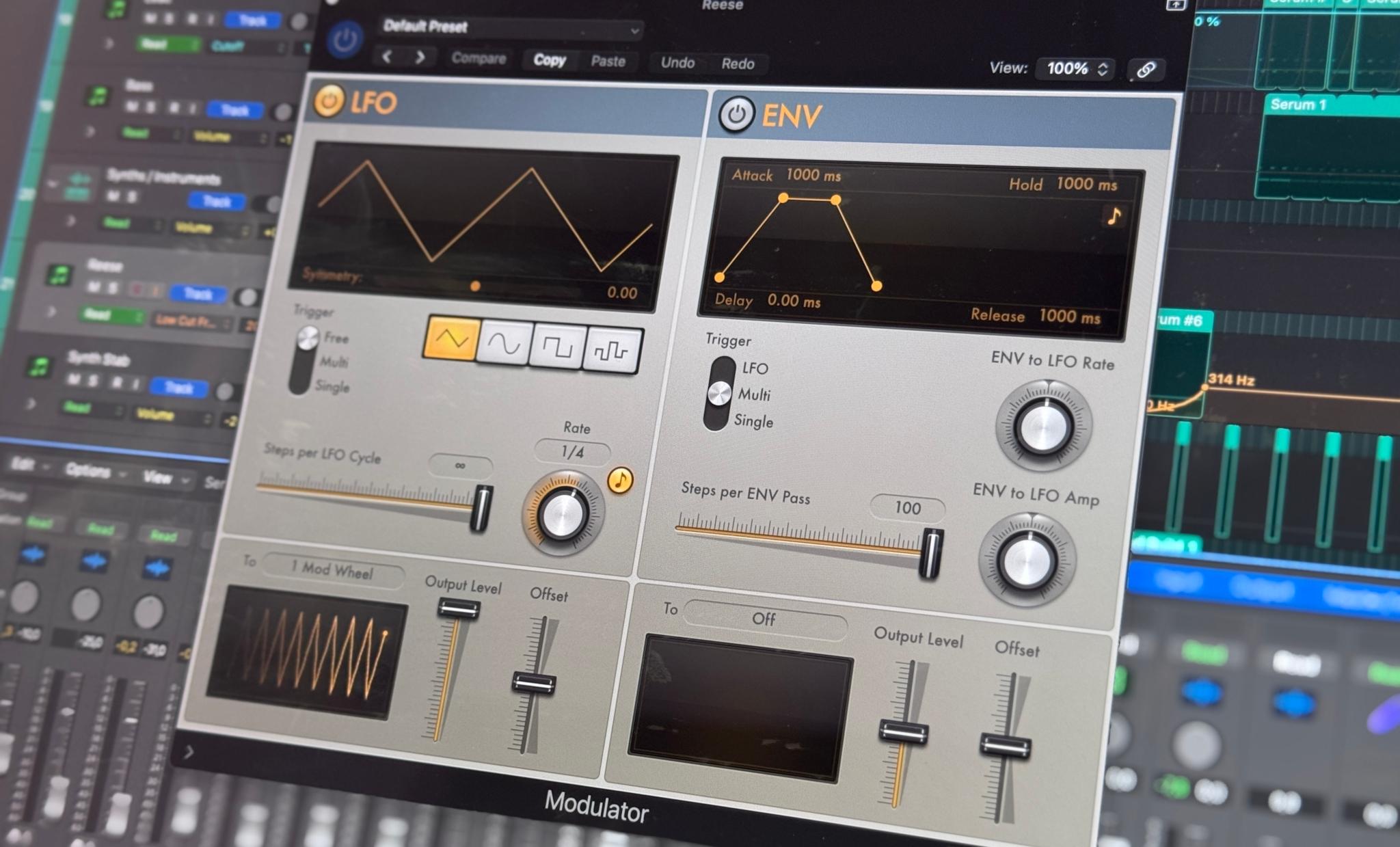
This opens the door to new performance techniques. Guitar-like slides, multi-voice chord bends, or expressive breath-driven dynamics on a single patch all become feasible. Electronic music can gain a fluid, acoustic-like quality that was previously challenging unless you set up complicated workarounds. Whether you’re working on experimental soundscapes, film scores, or mainstream pop, the heightened realism and flexibility can add a layer of organic feel to your tracks.
Freedom from the Keyboard Paradigm
MIDI 1.0 grew from the synthesizer boom of the 1980s, when piano-style keyboards dominated. Over time, producers and inventors introduced alternate controllers—guitar-style MIDI controllers, expressive surfaces, and more—but the underlying MIDI 1.0 architecture often limited their potential. MPE did a lot to move beyond the keyboard paradigm, but MIDI 2.0 goes further, making it simpler for unusual or cutting-edge controllers to speak MIDI without sacrificing nuance.
You could see everything from wearable MIDI gear to advanced touch-surface controllers that sense multiple dimensions of touch and motion. By decoupling many of the older constraints, MIDI 2.0 invites more creative design for hardware and instruments. This could, in turn, reshape live performance and studio experimentation, allowing more modern gestures, continuous modulations, and new ways of interacting with sound.
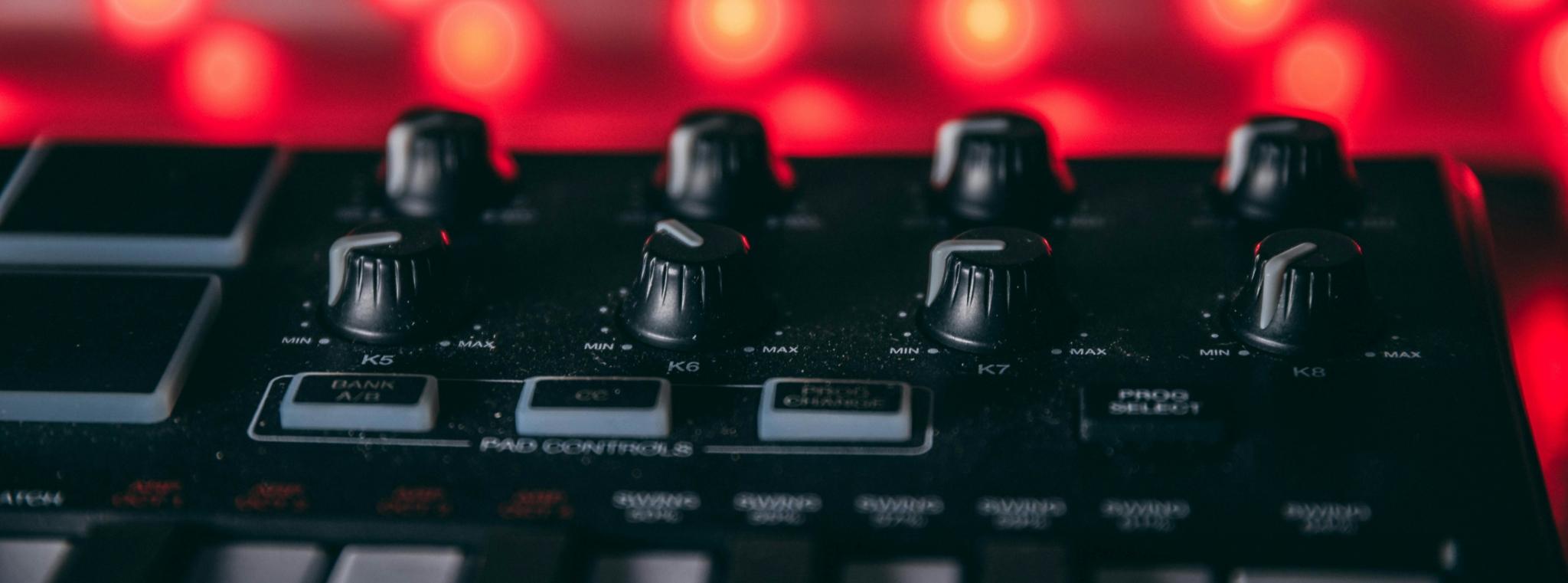
Smoother Workflow and Fewer Tech Hassles
Beyond expressiveness, MIDI 2.0 is designed to streamline workflow. When you plug in a device that supports Profiles, your DAW and the device can configure themselves automatically. This reduces time spent on manual mapping or downloading third-party templates. If your gear supports Property Exchange, it can transmit patch names, parameter lists, and other essential data to your controller or software, so you have an immediate overview of its capabilities.
Then there’s the improved timing. In busy sessions packed with multiple tracks of MIDI data, old MIDI 1.0 setups sometimes led to jitter or note “smearing.” With MIDI 2.0’s timestamping, each note or control message arrives at the correct moment, preserving tight grooves and sync. While this benefit may be more subtle than per-note bends, it can be a game-changer in high-level production settings where timing precision is paramount.
MPE: A Step Toward MIDI 2.0’s Expressiveness
Before the official release of MIDI 2.0, MPE (MIDI Polyphonic Expression) was already pushing the boundaries of what was possible in MIDI 1.0. If you’ve come across instruments like the ROLI Seaboard or the LinnStrument, you’ve seen MPE in action. These controllers let you bend notes independently, add per-note vibrato, and slide your fingers across a surface to shape a sound, all without turning to external pitch wheels or single-channel modulation.
How MPE Works
Standard MIDI 1.0 typically handled expression—pitch bend, modulation, aftertouch—at the channel level, meaning that all notes on a single channel received the same modulation. MPE flips this script by reserving a separate MIDI channel for each note, with a “master channel” to handle overall settings like sustain. If you play a four-note chord, each note has its own channel. As you move your finger or apply pressure to one note, the corresponding channel’s pitch or timbre changes independently of the others.
This strategy gave rise to highly expressive playing surfaces. Suddenly, you could glide from one note to another seamlessly, introduce vibrato on a single note within a chord, or generate unique modulations per voice. The key achievement here is that MPE did not require a brand-new hardware interface standard. It worked within MIDI 1.0 by cleverly parceling out channels. Controllers like the Seaboard or LinnStrument simply automated this approach so that users could focus on musical gestures rather than the complexities of multi-channel assignments.
Why It’s a Big Deal
The acoustic world is full of scenarios where notes are individually shaped. Guitarists bend one string, violinists add an expressive swell to a single note, and pianists carefully voice chords by emphasizing specific notes with dynamics and aftertouch. Under normal MIDI 1.0, you needed complicated setups or separate tracks to approximate this sort of independence. MPE simplified everything, leading to more natural-sounding guitar emulations, more intricate expression in synth pads, and new possibilities in electronic composition.
If you’ve ever been frustrated by the one-dimensional feel of classic MIDI keyboards, MPE controllers offer a fresh experience. It brings a sense of fluid motion to electronic music, almost like bridging the gap between “live” acoustic performance and the world of synths and samplers. MPE’s popularity showcased that musicians craved this kind of flexibility.
Popular MPE Controllers and Software
Several innovative products made MPE more accessible:
- ROLI Seaboard: This controller features a soft, continuous surface instead of traditional keys. You can slide between pitches, apply pressure for aftertouch, and move your fingers along multiple axes.
- LinnStrument: Designed by Roger Linn, it’s a grid of pads that respond to x, y, and pressure movements, allowing per-note control in a guitar-fret-like layout.
- Sensel Morph: A multi-purpose touchpad that supports overlays for different configurations—piano, drumming, or custom layouts—and offers MPE output.

On the software side, major DAWs and plugins now include MPE support. Whether you’re using Ableton Live, Logic Pro, Bitwig, or a range of synths, you can record and edit MPE data as seamlessly as regular MIDI. This broad acceptance underlined that per-note expression wasn’t just a fad, but a long-overdue enhancement to digital music technology.
MIDI 2.0 vs. MPE: Are They the Same?
Given how often MIDI 2.0 and MPE appear in discussions about advanced expression, it’s easy to confuse them. Yet, they are not identical. MPE was retrofitted onto MIDI 1.0 as a specific solution for multi-dimensional playing surfaces, while MIDI 2.0 is a sweeping overhaul of the entire protocol.
Key Differences
- Scope: MPE focuses on per-note control under the older MIDI 1.0 framework by assigning each note to a separate channel. MIDI 2.0, on the other hand, upgrades resolution, allows bidirectional communication, increases channel count, and supports per-note expression without needing multiple channels.
- Resolution: MPE still uses MIDI 1.0’s 7-bit (or 14-bit for certain parameters) values. MIDI 2.0 can handle 16-bit or 32-bit data for far more precise control.
- Communication Direction: MPE remains unidirectional because it’s layered on MIDI 1.0. MIDI 2.0 is inherently bidirectional, meaning devices talk to each other to auto-negotiate features.
- Implementation: MPE works by distributing notes across multiple channels, using a single “master” channel for global messages. MIDI 2.0 can handle multiple notes with distinct expression inside a single channel, leveraging new message formats.
Complementary or Redundant?
In many ways, MPE was a stepping stone. It proved there was robust demand for advanced expression in electronic music. MIDI 2.0 incorporates the same idea—individual note articulation—directly into the protocol, but does so with even finer control and no need for multi-channel distribution. Manufacturers can still implement MPE, and many devices that already support it will continue to work perfectly. As MIDI 2.0 adoption grows, we may see a gradual shift away from MPE-based workarounds to a pure MIDI 2.0 approach, especially if hardware and software can elegantly handle per-note messages without any channel juggling.
It’s also important to note that MIDI 2.0 is designed for backward compatibility. If you’ve got an MPE controller, it will still work under MIDI 1.0 in a new MIDI 2.0 setup. Conversely, a brand-new MIDI 2.0 device will fall back to MIDI 1.0 when it detects an older device, ensuring your existing gear doesn’t become obsolete.
Technical Advice for Producers
Knowing about MIDI 2.0 and MPE is one thing. Using them effectively in a studio or live environment is another. Below are some pointers on how to navigate the transition, set up your gear for multi-dimensional expression, and optimize your workflow.
Getting Started with MIDI 2.0
- Check Hardware and Firmware: Some newer instruments and controllers may already be “MIDI 2.0 ready.” Upgrade firmware where possible to unlock advanced features.
- Stay Updated on DAWs: Many software platforms are gradually folding in MIDI 2.0 support. Keep an eye on release notes to see when your favorite DAW implements extended resolution or property exchange.
- Backward Compatibility: Your older MIDI gear will still work. MIDI 2.0 devices automatically negotiate to MIDI 1.0 when needed, so you won’t lose functionality. Just remember that you won’t gain the new features when using older gear.
- Explore Profiles: If your devices support Profiles, turn them on. This will reduce the manual mapping you have to do. Over time, more Profiles will become available for various instrument types, simplifying your setup even further.
- Use Property Exchange: If your controller or DAW and your instrument both support property exchange, experiment with it. Let your synthesizer upload patch names automatically or share parameter details in real time. This not only saves time but enhances clarity when naming patches or controlling complex instruments.

Using MPE Effectively in Your DAW
- Enable MPE Mode: Many DAWs require explicit activation of MPE on the instrument or track receiving MPE data. Make sure you switch this on where necessary.
- Use MPE-Compatible Instruments: Even if your DAW supports MPE, your virtual instrument or hardware synth needs to be able to respond on multiple channels or interpret MPE data. Look for a dedicated “MPE mode” or multiple-channel setting.
- Recording and Editing: Modern DAWs allow you to capture per-note expression in a single MIDI clip. You may see unique “note expression” editors or automation lanes that handle MPE data. Familiarize yourself with these tools to fine-tune performances.
- Control Data Management: MPE can generate a substantial amount of MIDI data, especially when you’re sliding across a surface or using advanced gestural movements. If you notice performance slowdowns, consider pruning unnecessary channels or disabling certain expression parameters you’re not using.
- Experiment with Techniques: A new MPE controller requires practice, just like learning any instrument. Spend time developing your finger control, exploring vibratos, slides, and pressure-based dynamics. These advanced controllers can spur fresh ideas, so embrace the learning curve.
Looking Ahead: The Future of MIDI Tech
MIDI 2.0 is still rolling out, and widespread adoption may take time. As manufacturers release more compatible devices, you can expect:
- More Expressive Controllers: With fewer protocol limitations, hardware makers will introduce new instruments that measure multiple dimensions of touch or other gestural data in real time.
- Deeper DAW Integration: Software developers will likely incorporate user interfaces that read property exchange data, auto-configure profiles, and provide more straightforward per-note automation lanes.
- Microtonal Possibilities: Higher resolution and per-note pitch control allow easy exploration of non-Western scales or microtonal tunings, which can broaden your compositional palette.
- Integration Beyond Music: MIDI is used for lighting control, stage setups, and more. MIDI 2.0’s bidirectional, high-resolution data could find fertile ground in theater, multimedia performances, and interactive installations.
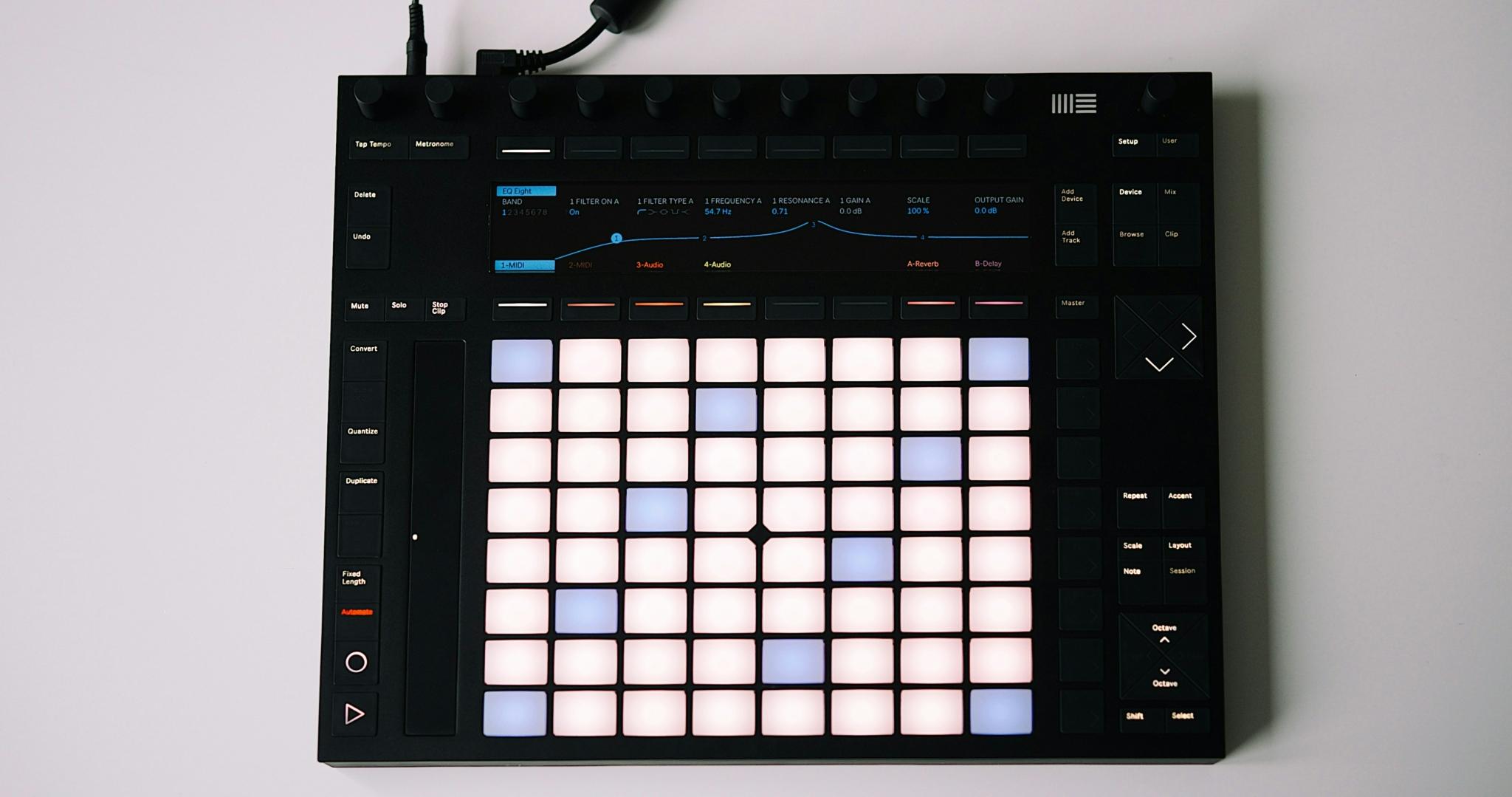
Producers who stay informed about firmware updates, attend demos, and experiment with early-adopter gear will be best positioned to exploit these evolving capabilities. Over time, as the new standard becomes ubiquitous, your favorite DAW and plugin developers will naturally incorporate MIDI 2.0’s features into everyday workflows.
Conclusion
From the earliest days of MIDI to the dawn of MPE and now MIDI 2.0, the story of electronic instruments has always been one of creativity meeting technological constraints. Each new leap has given producers and performers tools to push music in directions the original inventors never foresaw. With MPE, we witnessed how note-by-note expression could re-energize synth performance. MIDI 2.0 formalizes and expands these achievements, enabling everything from hyper-realistic orchestral mockups to futuristic controllers that respond to the lightest touch in multiple dimensions.
Ultimately, these innovations invite you to rethink what “electronic instrument” even means. No longer must you picture a rigid keyboard that sends uniform data; instead, you could be playing a surface that morphs at your fingertips or commanding a synth that sends back live feedback to your controller’s screen. It’s a shift from static interfacing toward genuine interaction, in which the instrument and performer collaborate like two voices in conversation.
If you feel inspired to explore these possibilities, start by experimenting with MPE if you haven’t already—most DAWs now have at least partial support. Keep an eye on the emerging MIDI 2.0 ecosystem. When a piece of hardware or a software update becomes available, try it out. You may discover that the nuanced transitions, effortless configuration, and deeper synergy between devices add an entirely new dimension to your creative process.
Above all, remember that these protocols are tools, not ends in themselves. They serve the underlying goal of expression and communication in music. Whether you’re a seasoned producer or a newcomer, MIDI 2.0 and MPE provide a broader palette and a smoother workflow so you can focus on what matters: making compelling, evocative music that resonates with listeners. The future of musical expression is already unfolding; now is the perfect time to jump in and help shape it.
À propos de l'auteur

Dídac
PDG et fondateur de MasteringBOXDídac est un ingénieur audio professionnel, un producteur de musique et un ingénieur logiciel. Il est le fondateur de MasteringBOX et l'auteur de nombreux articles sur le blog.
Laisse un commentaire
Connecte-toi pour commenter.

